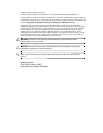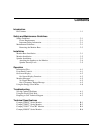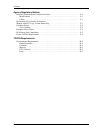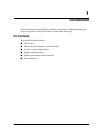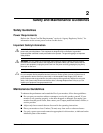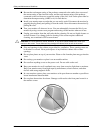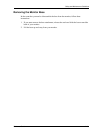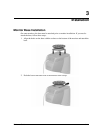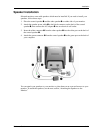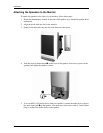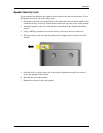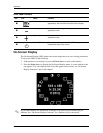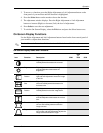
2–2 Reference Guide
Safety and Maintenance Guidelines
■ Be sure the total ampere rating of the products connected to the outlet does not exceed
the current rating of the electrical outlet, and the total ampere rating of the products
connected to the cord does not exceed the rating of the cord. Look on the power label to
determine the ampere rating (AMPS or A) for each device.
■ Install your monitor near an outlet that you can easily reach. Disconnect the monitor by
grasping the plug firmly and pulling it from the outlet. Never disconnect the monitor by
pulling the cord.
■ Turn your monitor off when not in use. You can substantially increase the life of your
monitor by using a screen saver program and turning off the monitor when not in use.
■ Unplug your monitor from the wall outlet before cleaning. Do not use liquid cleaners or
aerosol cleaners. Use a damp cloth for cleaning. If the screen requires additional
cleaning, use an antistatic CRT screen cleaner.
Ä
CAUTION: Do not use benzene, thinner, ammonia, or any other volatile substances to clean your
monitor or the screen. These chemicals may damage the cabinet finish as well as the screen.
■ Slots and openings in the cabinet are provided for ventilation. These openings must not
be blocked or covered. Never push objects of any kind into cabinet slots or other
openings.
■ Do not place plants on top of your monitor. Water or dirt from the plant may get into the
vents.
■ Do not drop your monitor or place it on an unstable surface.
■ Do not allow anything to rest on the power cord. Do not walk on the cord.
■ Keep your monitor in a well-ventilated area, away from excessive light, heat or moisture.
Keep your monitor away from high-capacity transformers, electric motors, and other
devices with strong magnetic fields.
■ In a two-monitor system, place your monitors as far apart from one another as possible to
lessen interference between them.
■ Do not place the monitor face down. Damage could result to the front panel controls or
the monitor screen.




